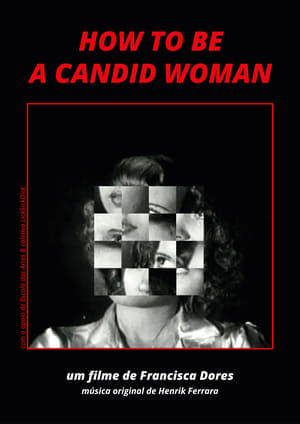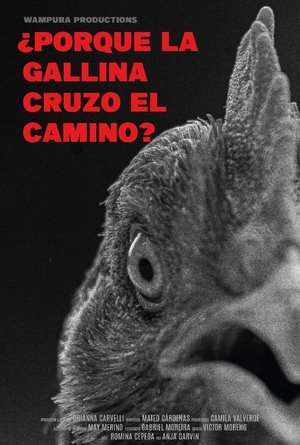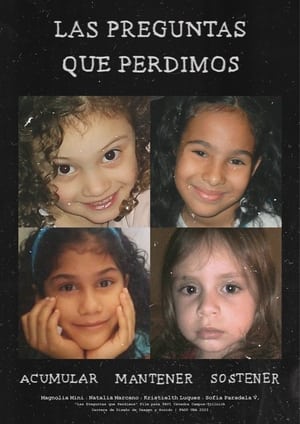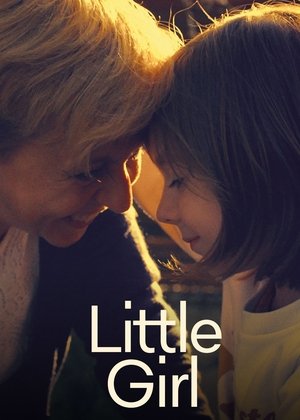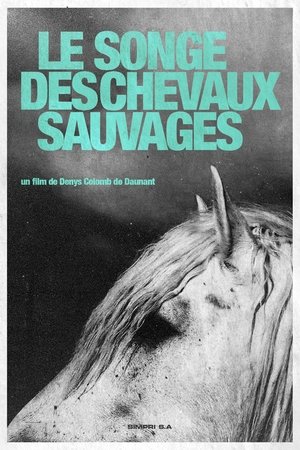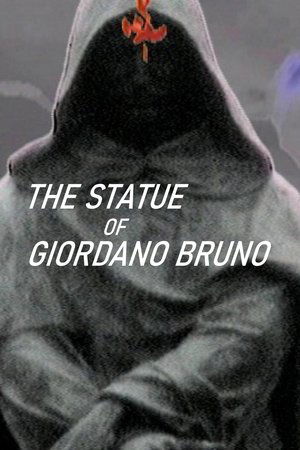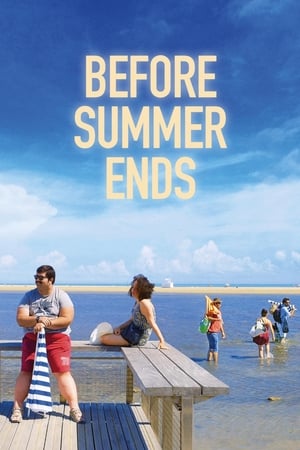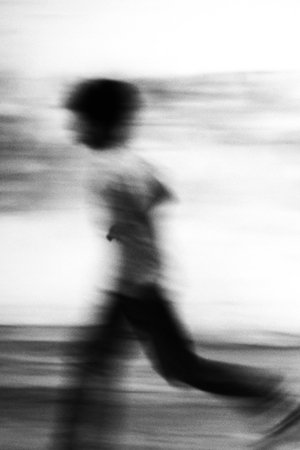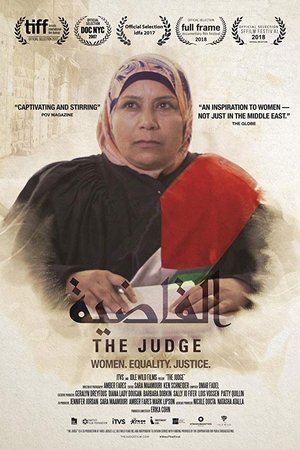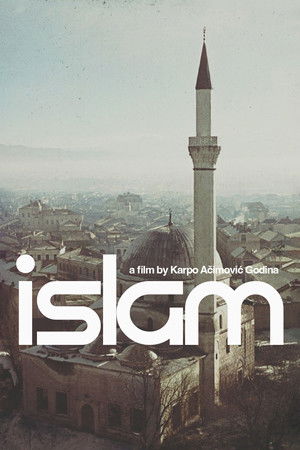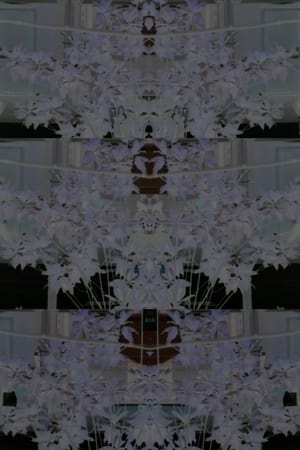Overview
The link between body and mind is portrayed in the context of materialism; the importance of physical objects to express personal identity in the tangible world. Four categories are shown in the full installation that supported this film; everyday objects, clothing, makeup, and creations in the form of visual art. These form the pillars of self-expression, through which the soul can be made visible. This experimental film shows the union of the mind built from complex identity structures and memories, with the material extensions that hold this enormous value, becoming important to an individual's personal existence. Inspirations from several film and photo works, notably "All About Lily Chou-Chou" (Iwai), "The Rocky Horror Picture Show" (Sharman) and Ana Mendieta are incorporated throughout the video and accompanying photo installation.

 Dutch
Dutch
 0
0
 2023
2023
 BE
BE
